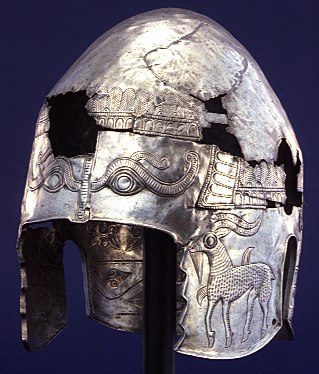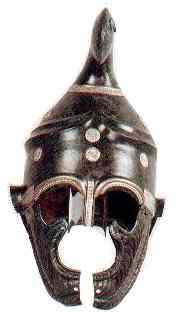Thracians
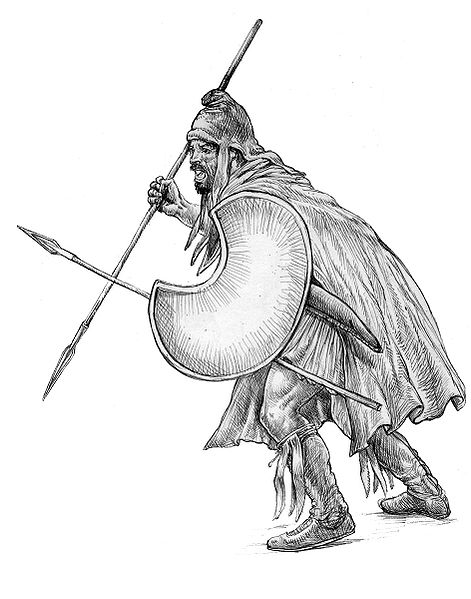
The ancient Thracians were a group of Indo-European tribes who spoke the Thracian language – a scarcely attested branch of the Indo-European language family.
Those peoples inhabited the Eastern, Central and Southern part of the Balkan peninsula, as well as the adjacent parts of Central-Eastern Europe.
The first historical record about the Thracians is found in the Iliad, where they appear as allies of the Trojans, hailing from Thrace.
The ethnonym Thracian comes from Ancient Greek, and the toponym Thrace comes from
According to Romanian linguist and Thracologist Sorin Mihai Olteanu, the ethnonym Thraikios appears to have the same etymology as Graikos
The name Thracians and Thrace seems to be an exonym given by the Greeks.

In Greek mythology, Thrax (by his name simply the quintessential Thracian) was regarded as one of the reputed sons of Ares.
In the Alcestis, Euripides mentions that one of the names of Ares himself was Thrax since he was regarded as the patron of Thrace (his golden or gilded shield was kept in his temple at Bistonia in Thrace).
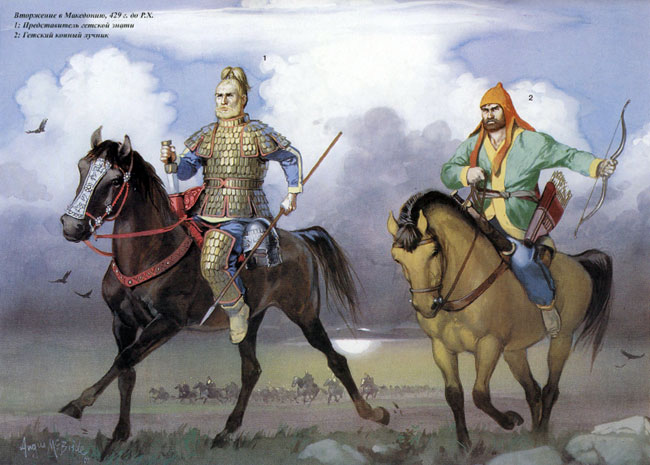
Origins and ethnogenesis
The origins of the Thracians remain obscure, in absence of written historical records.
Evidence of proto-Thracians in the prehistoric period depends on remains of material culture.
It is generally proposed that a proto-Thracian people developed from a mixture of indigenous peoples and Indo-Europeans from the time of Proto-Indo-European expansion in the Early Bronze Age when the latter, around 1500 BC, conquered the indigenous peoples.
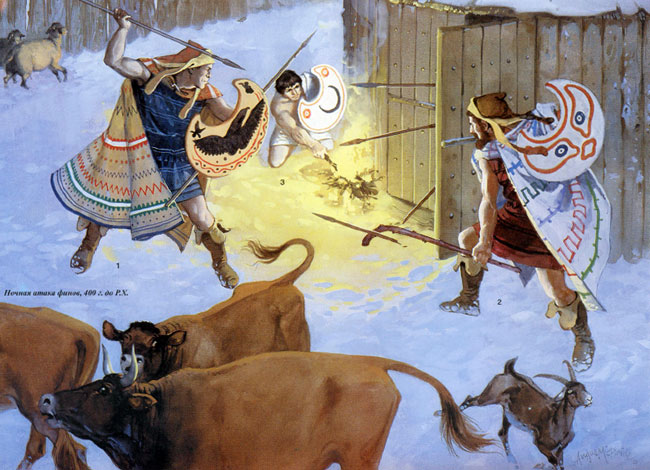 We speak of proto-Thracians from which during the Iron Age[9] (about 1000 BC) as Dacians and Thracians begin developing as we cannot identify Thracians during the Bronze Age.
We speak of proto-Thracians from which during the Iron Age[9] (about 1000 BC) as Dacians and Thracians begin developing as we cannot identify Thracians during the Bronze Age.
Identity and distribution
Divided into separate tribes, the Thracians did not manage to form a lasting political organization until the Odrysian state was founded in the 4th century BC.
Like the Illyrians, the mountainous regions were home to various warlike and ferocious Thracian tribes, while the plains peoples were apparently more peaceable, owing to more contact and influence from the Greeks.
Thracians inhabited parts of the ancient provinces: Thrace, Moesia, Macedonia, Dacia, Scythia Minor, Sarmatia, Bithynia, Mysia, Pannonia, and other regions on the Balkans and Anatolia.
This area extends over most of the Balkans region, and the Getae north of the Danube as far as beyond the Bug.
History
Archaic period
These Indo-European peoples, while considered barbarian and rural by their refined and urbanized Greek neighbors, had developed advanced forms of music, poetry, industry, and artistic crafts.
Aligning themselves in petty kingdoms and tribes, they never achieved any form of national unity beyond short, dynastic rules at the height of the Greek classical period. Similar to the Gauls and other Celtic tribes, most people are thought to have lived simply in small fortified villages, usually on hilltops.
Although the concept of an urban center wasn't developed until the Roman period, various larger fortifications which also served as regional market centers were numerous.
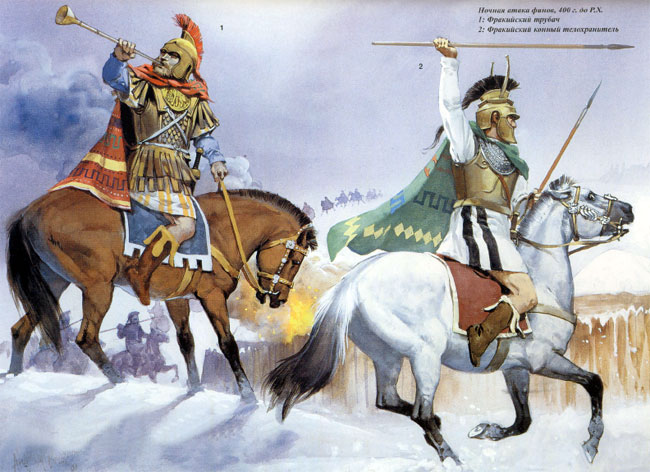 Yet, in general, despite Greek colonization in such areas as Byzantium, Apollonia and other cities, the Thracians avoided urban life.
Yet, in general, despite Greek colonization in such areas as Byzantium, Apollonia and other cities, the Thracians avoided urban life.
The first Greek colonies in Thrace were founded in the 8th century BC.
Thrace south of the Danube (except for the land of the Bessi) was ruled for nearly half a century by the Persians under Darius the Great, who conducted an expedition into the region from 513 BC to 512 BC. The Persians called Thrace Skudra.
Classical period
By the 5th century BC, the Thracian presence was pervasive enough to have made Herodotus call them the second-most numerous people in the part of the world known by him (after the Indians), and potentially the most powerful, if not for their lack of unity.
The Thracians in classical times were broken up into a large number of groups and tribes, though a number of powerful Thracian states were organized, such as the Odrysian kingdom of Thrace and the Dacian kingdom of Burebista.
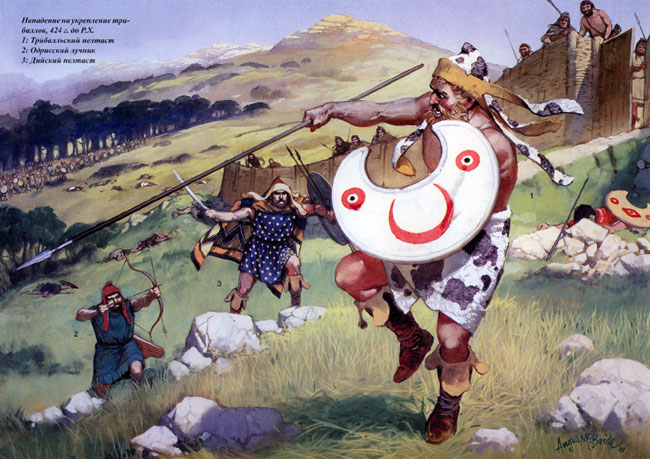 A type of soldier of this period called the Peltast probably originated in Thrace.
A type of soldier of this period called the Peltast probably originated in Thrace.
During this period, a subculture of celibate ascetics called the Ctistae lived in Thrace, where they served as philosophers, priests and prophets.
In that period, contacts between the Thracians and Classical Greece intensified which led to strengthening Greek influences in Thracian society, culture, and handcrafts and vice versa.
Because their language had no written tradition, in some regions the Thracian aristocracy and administration used classical Greek and Thracian merchants utilized it as a 'lingua franca' in their contacts with other non-Thracian tribes.
As a result, a level of Hellenization was observed in the following centuries which was more deeply imposed by the Macedonian conquests over the Thracian territory in the 3rd century BC.
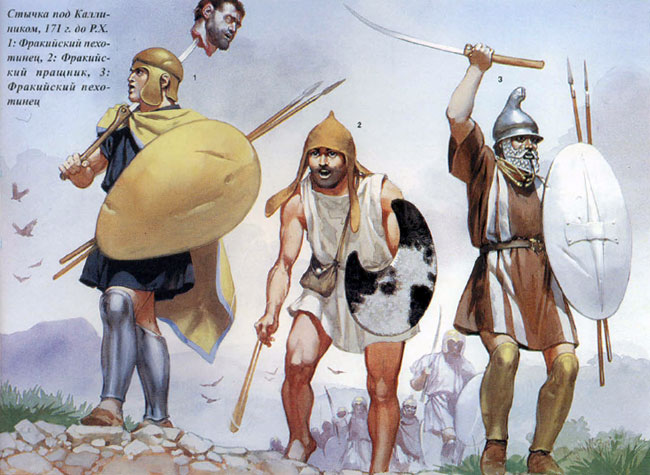 Before the expansion of the kingdom of Macedon, Thrace was divided into three camps (East, Central, and West) after the withdrawal of the Persians.
Before the expansion of the kingdom of Macedon, Thrace was divided into three camps (East, Central, and West) after the withdrawal of the Persians.
A notable ruler of the East Thracians was Cersobleptes, who attempted to expand his authority over many of the Thracian tribes.
He was eventually defeated by the Macedonians.Thracian civilisation was not urban and the largest Thracian cities were in fact large villages. The only attempt made by Thracians to build a polis was Seuthopolis.Ultimately, the Thracians were typically not city-builders.
The region was conquered by Philip II of Macedon in the 4th century BC and was ruled by the kingdom of Macedon for a century and a half.
Lysimachus of the Diadochi and other Hellenistic rulers ruled part or parts of Thrace till its all to the Romans. Thracian kings were the first to be Hellenized.
Greek clothing replaced the old Thracian garbs until the Thracians looked like Greeks. After some time, most but not all Thracians became Hellenised. Their language and material culture became Hellenic.
In 279 BC, Celtic Gauls advanced into Macedonia, Southern Greece and Thrace. They were soon forced out of Macedonia and Southern Greece, but they remained in Thrace until the end of the century. From Thrace, three Celtic tribes advanced into Anatolia and formed a new kingdom called Galatia.
During the Macedonian Wars, conflict between Rome and Thracia was inevitable.
The destruction of the ruling parties in Macedonia destabilized their authority over Thrace, and its tribal authorities began to act once more on their own accord.
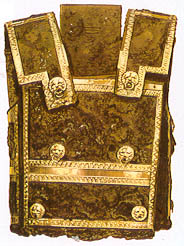
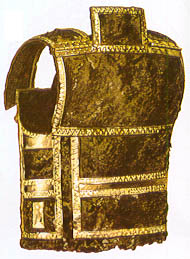
After the Battle of Pydna in 168 BC, Roman authority over Macedonia seemed inevitable, and the governing of Thracia passed to Rome. Neither the Thracians nor the Macedonians had yet resolved themselves to Roman dominion, and several revolts took place during this period of transition.
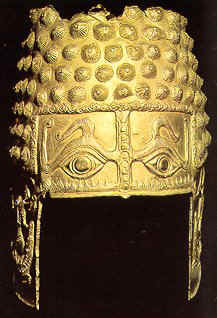

The revolt of Andriscus in 149 BC, as an example, drew the bulk of its support from Thracia. Several incursions by local tribes into Macedonia continued for many years, though there were tribes who willingly allied themselves to Rome, such as the Deneletae and the Bessi.
Following the Third Macedonian War, Thracia came to acknowledge Roman authority. The client state of Thracia comprised several different tribes.
Roman rule
The next century and a half saw the slow development of Thracia into a permanent Roman client state. The Sapaei tribe came to the forefront initially under the rule of Rhascuporis. He was known to have granted assistance to both Pompey and Caesar, and later supported the Republican armies against Antonius and Octavian in the final days of the Republic. The familiar heirs of Rhascuporis were then as deeply tied into political scandal and murder as were their Roman masters. A series of royal assassinations altered the ruling landscape for several years in the early Roman imperial period. Various factions took control, with the support of the Roman Emperor. The turmoil would eventually stop with one final assassination.
After Rhoemetalces III of the Thracian Kingdom of Sapes was murdered in 46 by his wife, Thracia was incorporated as an official Roman province to be governed by Procurators, and later Praetorian Prefects. The central governing authority of Rome was based in Perinthus, but regions within the province were uniquely under the command of military subordinates to the governor. The lack of large urban centers made Thracia a difficult place to manage, but eventually the province flourished under Roman rule. However, Romanization was not attempted in the province of Thracia. It is considered that most of the Thracians were Hellenized in these times.
Roman authority of Thracia rested mainly with the legions stationed in Moesia. The rural nature of Thracia's populations, and distance from Roman authority, certainly inspired the presence of local troops to support Moesia's legions. Over the next few centuries, the province was periodically and increasingly attacked by migrating Germanic tribes. The reign of Justinian saw the construction of over 100 legionary fortresses to supplement the defense.
Thracians in Moesia and Dacia were Romanized while those within the Byzantine empire were their Hellenized descendants that had mingled with the Greeks.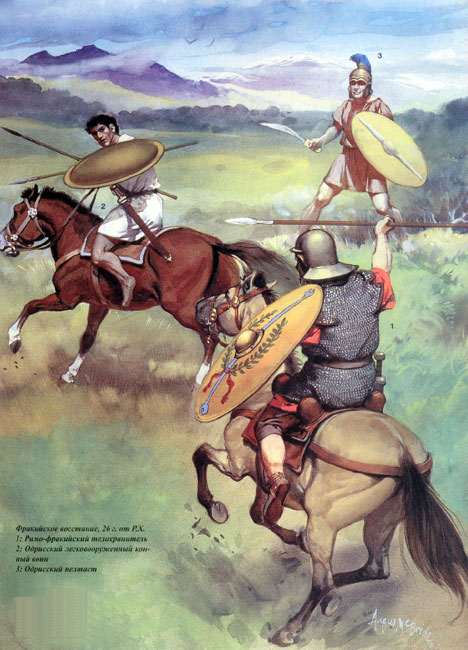 The Byzantines used the rhomphaia an exclusively Thracian weapon, although it most likely was used by a few units of foot soldiers dating somewhere between Byzantium's golden age of 900-1071 and maybe even earlier.However, it was not mentioned as a weapon like the falx. It was nevertheless a falx-like weapon. Michael Psellus writes that all Varangians without exception used the weapon.
The Byzantines used the rhomphaia an exclusively Thracian weapon, although it most likely was used by a few units of foot soldiers dating somewhere between Byzantium's golden age of 900-1071 and maybe even earlier.However, it was not mentioned as a weapon like the falx. It was nevertheless a falx-like weapon. Michael Psellus writes that all Varangians without exception used the weapon.
War
The history of Thracian warfare spans from ca. 10th century BC up to the 1st century AD in the region defined by Ancient Greek and Latin historians as Thrace. It concerns the armed conflicts of the Thracian tribes and their kingdoms in the Balkans. Apart from conflicts between Thracians and neighboring nations and tribes, numerous wars were recorded among Thracian tribes too.
Barbarians
Thracians were regarded as warlike, ferocious, and bloodthirsty.
Thracians were seen as "barbarians" by other peoples, namely the ancient Greeks and Romans. Plato in his Republic considers them, along with the Scythians, extravagant and high spirited and his Laws considers them war-like nations grouping them with Celts, Persians, Scythians, Iberians and Carthagianians.
Polybius wrote of Cotys's sober and gentle character being unlike that of most Thracians.
Tacitus in his Annals writes of them being wild, savage and impatient disobedient even to their own kings. Polyaenus and Strabo write who the Thracians broke their pacts of truce with trickery.
The Thracians used their weapons on each other before battle.
Diegylis was considered one of the most bloodthirsty chieftains by Diodorus Siculus. An Athenian club for lawless youths was named after the Triballi.
The Dii were responsible for the worst atrocities of the Peloponnesian War killing every living thing, including children and the dogs in Tanagra and Mycalessos.
Thracians would impale Roman heads on their spears and rhomphaias such as in the Kallinikos skirmish at 171 BC.Herodotus writes that "they sell their children and let their wives commerce with whatever men they please"
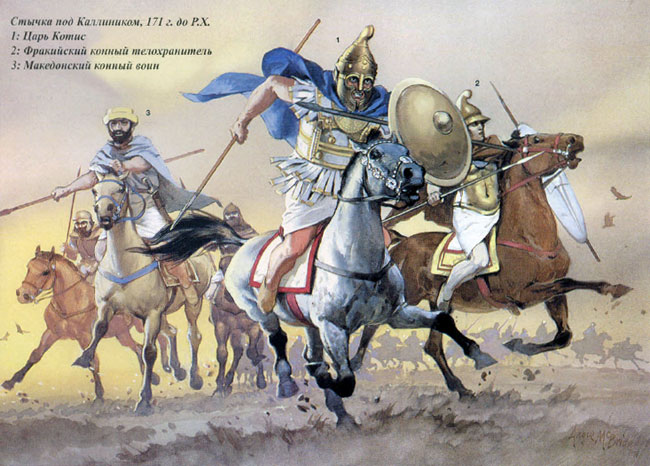
One notable cult that is attested from Thrace to Moesia and Scythia Minor is that of the "Thracian horseman", also known as the "Thracian Heros", at Odessos (Varna) attested by a Thracian name as Heros Karabazmos, a god of the underworld usually depicted on funeral statues as a horseman slaying a beast with a spear.
Many mythical figures, such as the god Dionysus which the Greek refounded from the Thracian god Sabazios.
Extinction of ethnicity and language
The ancient languages of these people had already gone extinct and their cultural influence was highly reduced due to the repeated barbaric invasions of the Balkans by Celts, Huns, Goths, and Sarmatians, accompanied by persistent Hellenization, Romanisation and later Slavicisation.
After they were subjugated by the Macedonian king Alexander the Great and consecutively by the Roman Empire, most of the Thracians eventually became Hellenised (in the province of Thrace) or Romanised (in Moesia, Dacia, etc.).
The Romanised tribes of the this region later became the ethnic substratum of the Vlach people (that first appeared in historical documents in the 10th century) who evolved into modern Romanians. In the 6th century, some Thraco-Romans and Byzantine Greeks, i.e. Hellenised Thracians, south of the Danube river made contacts with the invading Slavs and were eventually later Slavicised.
Physical characteristics
Xenophanes described Thracians as having blue eyes and red hair.
Nevertheless academic studies have concluded that Thracians had physical characteristics typical of European Mediterraneans. According to Dr. Beth Cohen, Thracians had "the same dark hair and the same facial features as the Ancient Greeks."
Recent genetic analysis comparing DNA samples of ancient Thracian fossil material from southeastern Romania with individuals from modern ethnicities place Italian, Albanian and Greek individuals in closer genetic kinship with the Thracians than Romanian and Bulgarian individuals.
Famous individuals
This is a list of several important Thracian individuals or those of partly Thracian origin.
Amadocus, a Thracian king after whom Amadok Point was named.
Sitalces was a king of the Thracian Odrysian state. An ally of the Athenians during the Peloponnesian war
Spartacus was a Thracian enslaved by the Romans, who led a large slave uprising in what is now Italy in (73 BC-71 BC). Before being defeated, his army of escaped gladiators and slaves defeated several Roman legions in what is known as the Third Servile War.
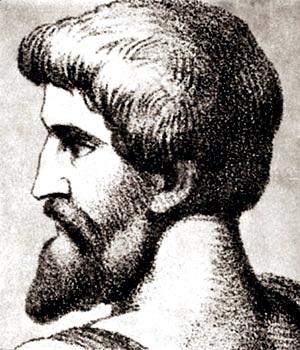
Orpheus was a mythological figure described as a chief among poets and musicians, king of the Thracian tribe of Cicones.
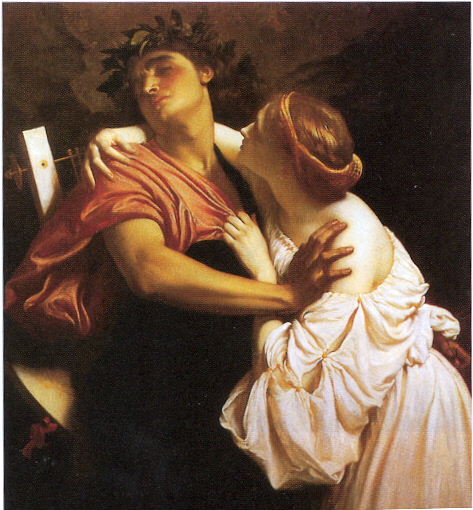
Justin I, Roman Emperor and founder of the Justinian Dynasty.
Justinian the Great, Roman Emperor.
Belisarius, Eastern Roman general of reputed Greek or Thracian origin.
Archaeology
The branch of science that studies the ancient Thracians and Thrace is called Thracology.
The archaeological research of the Thracian culture started in the 20th century and especially after World War II, mainly on the territory of Southern Bulgaria.
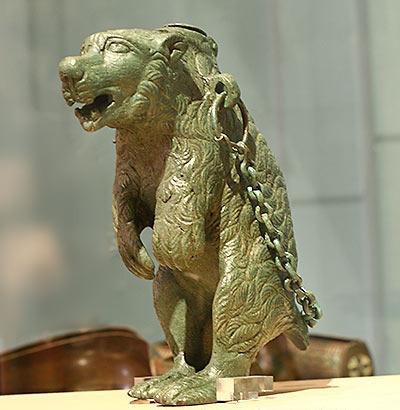 As a result of intensive excavation works in the 1960s and 1970s a number of Thracian tombs and sanctuaries were discovered.
As a result of intensive excavation works in the 1960s and 1970s a number of Thracian tombs and sanctuaries were discovered.
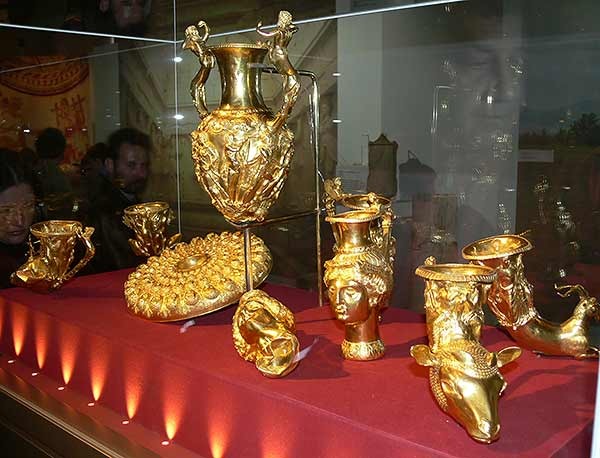 More significant among them are: the Tomb of Sveshtari, the Tomb of Kazanlak, Tatul, Seuthopolis, Perperikon, the Tomb of Aleksandrovo, Sarmizegetusa in Romania, etc.
More significant among them are: the Tomb of Sveshtari, the Tomb of Kazanlak, Tatul, Seuthopolis, Perperikon, the Tomb of Aleksandrovo, Sarmizegetusa in Romania, etc.
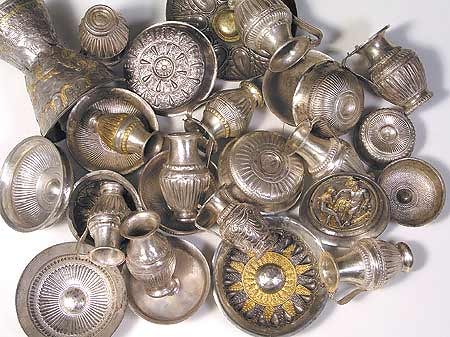 Also a large number of elaborately crafted gold and silver treasure sets from the 5th and 4th century BC were unearthed. In the following decades those were exposed in museums around the world, thus gaining popularity and becoming an emblem of the ancient Thracian culture. Since the year 2000, Bulgarian archaeologist Georgi Kitov has made discoveries in Central Bulgaria which were summarized as "The Valley of the Thracian Kings".
Also a large number of elaborately crafted gold and silver treasure sets from the 5th and 4th century BC were unearthed. In the following decades those were exposed in museums around the world, thus gaining popularity and becoming an emblem of the ancient Thracian culture. Since the year 2000, Bulgarian archaeologist Georgi Kitov has made discoveries in Central Bulgaria which were summarized as "The Valley of the Thracian Kings".
